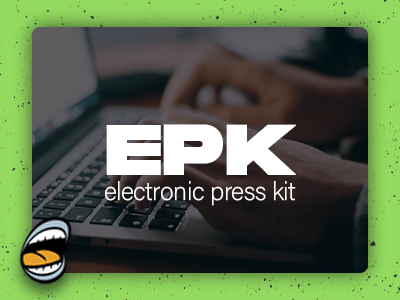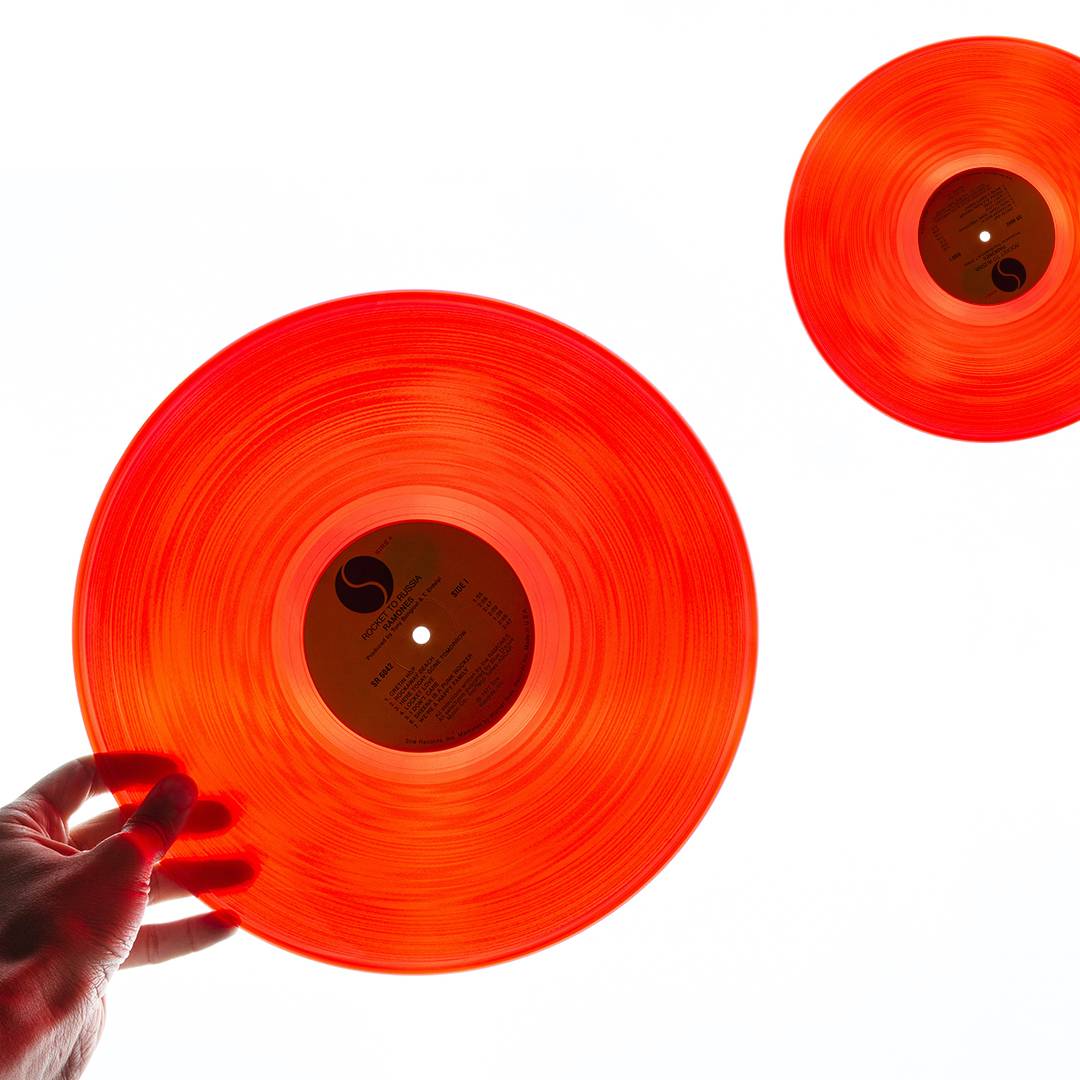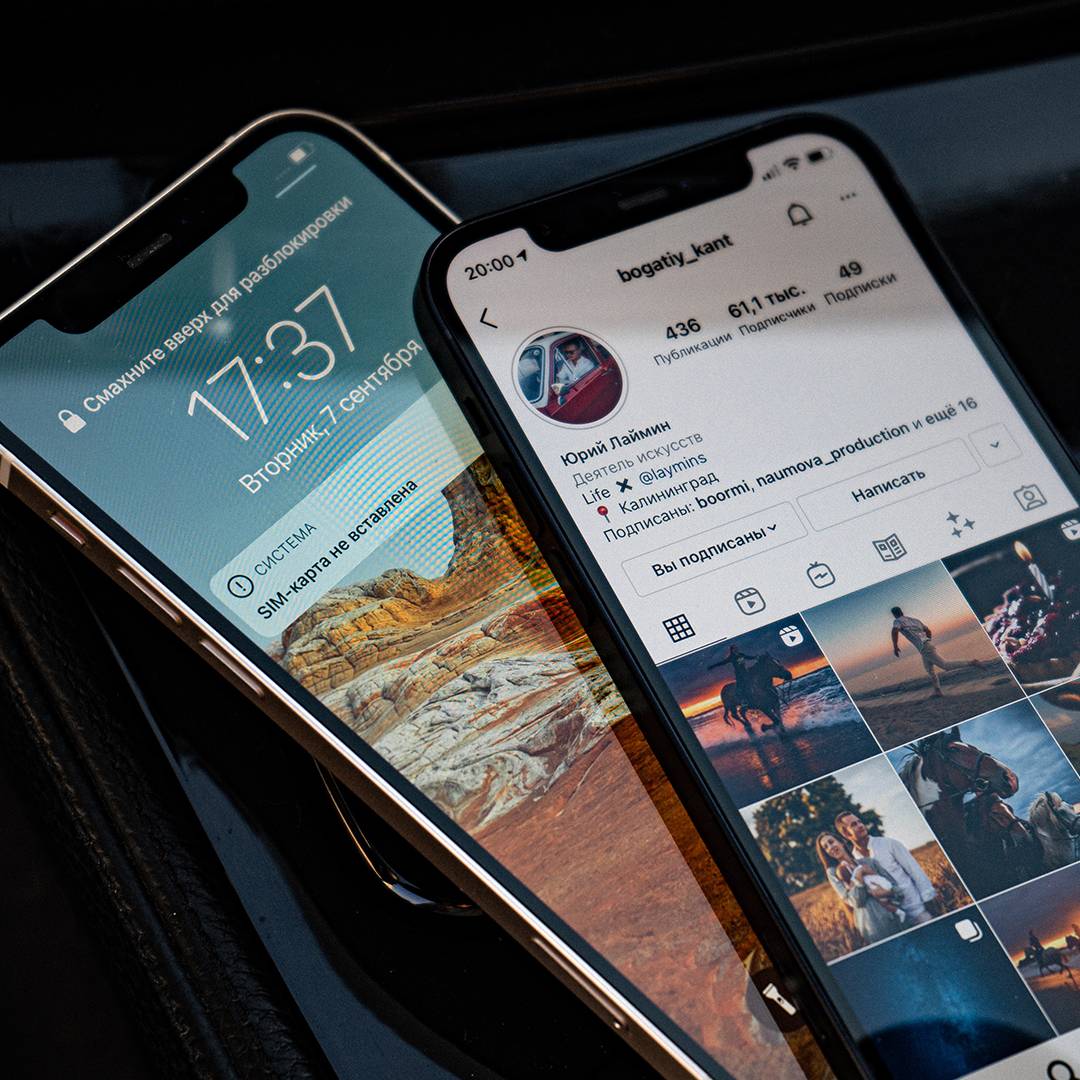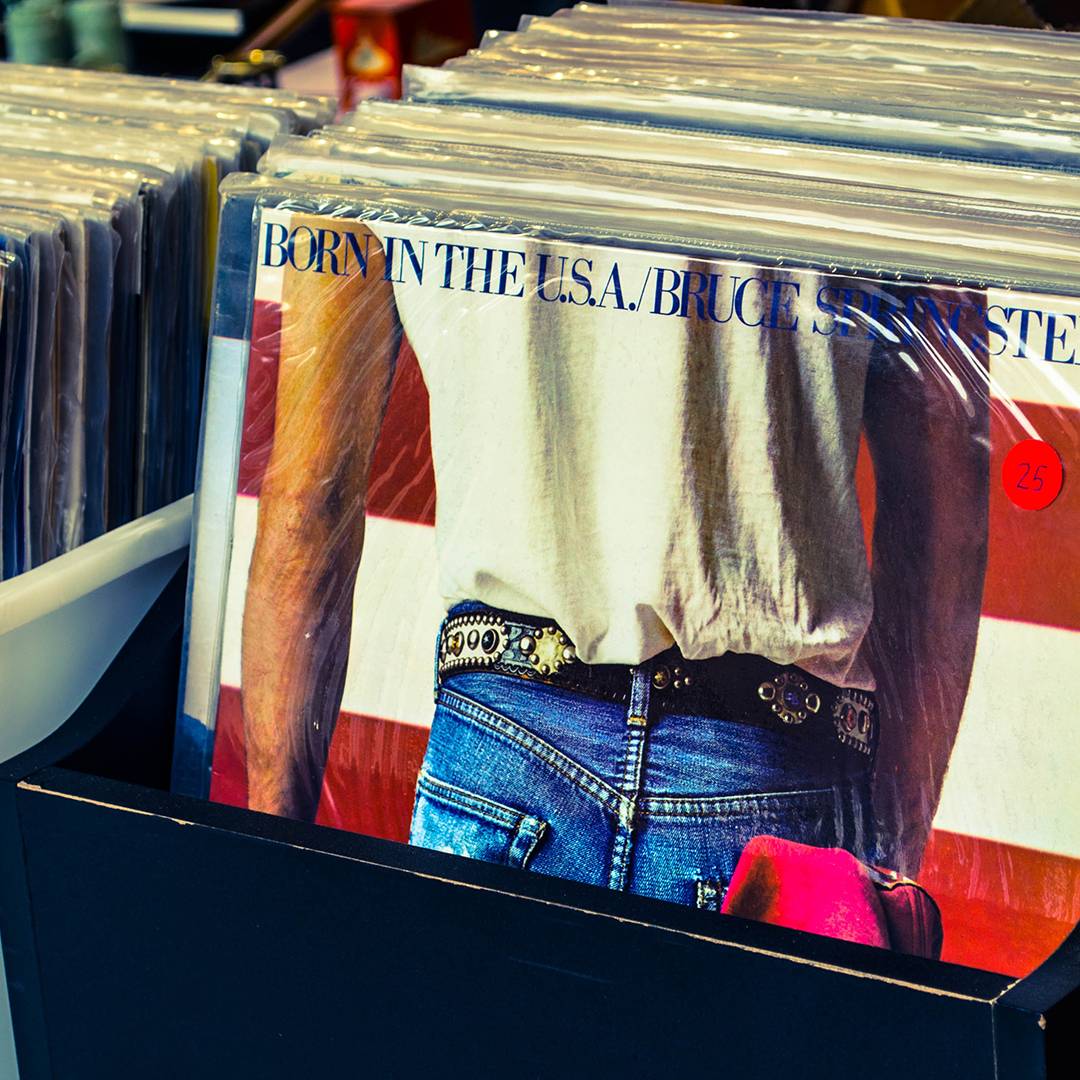Press Kit sells you in a package. It should be everything your brand represents; it is your image your card to success. So, consider spending some decent time on creating a press kit you’ll be proud of. Especially in the music industry where the entry barrier is so low, just having a press kit is not enough as everyone submits one, your press kit has to stand out. It has to be as unique as you and your music. Having a standard press kit will mean you are a regular persona, a regular musician, and the press will have no interest in putting effort into promoting you.
There are right ways of creating and promoting a press kit, and in this article, MusicPromoToday will tell you all about it. Follow our tips, and we’ll make sure your press kit shines brighter than the rest of the pile.
There are two basic types of press kits: the traditional paper-based physical press kit and the electronic one called EPK (electronic press kit). Make sure you always use both. Obviously, in the digital age, we live in electronic press kits that are more practical to use but never even consider not having a physical press kit. They are more likely to be received by booking agents and record labels. They also, but they can be customized in a way that the EPKs cannot, which makes it essential to have and make it as attractive as possible.
One of the most popular EPK services that we recommend is SonicBids. You can always create a tangible version of your press kit based on the electronic version.
Below we listed all the steps of building your press kit. Make sure to check one of our latest articles on new single promotion (hyperlink to still not published an article on promoting the new single) before diving deep into this one. We discuss press kits there too, and you can get the general idea of it.
Now let’s concentrate on all the steps you need to follow to create a perfect press release.
Gather All the Necessary Information
The Press kit should include all the facts about you. It has to provide the press with the information they will need to write an article or a review on you, your new song, album, event, or band.
Bio
It may sound too obvious or cliche but always include your biography in the press kit. Surprisingly bio still gives a lot of places for creative sparks. It can make you attractive both for the press and in the reader’s eyes if you make it inspirational enough. Still, remember to keep it short and sweet. None want to read pages about your life history. Just give them something to play with and get over with the bio part as fast as possible.
Music
Include your most recent music in your press kit or the most recognizable theme from your works/fan favorite. Ensure the quality of the recording is appropriate for sharing with the press and public. There is no way low-fi demos get a chance to be appreciated even if it is the best music you’ve ever created. Remember that you’ll have 30 seconds to inspire and make the press believe they want to work with you. If they don’t find anything interesting, they’ll most likely pass.
Visuals
Send photos in your press kit. Once again, pay attention to quality. It has to have a high resolution. It is not just an excellent way to make the press know you and relate; it also gives you a chance to spread your vibe through visuals. Use it as a chance to make a statement. Communicate your truth, your values, your views through the way you appear in the photos.
Add Ons
Include other information concentrating on your tour dates, if applicable, on your past shows, press reviews, and interviews. Ensure all the information represents you as a high profile artist. Show them you’re a brand worth of their attention.
Contact Info
We can’t stress this enough: your contact information is ESSENTIAL. Make sure the press you want to communicate with has the necessary info to contact you. You must include the phone number, address, and email address of the representative, even if you are. Spend time on creating a professional email to appear more serious.
For the final check, here is a typical list for EPK:
- Biography
- Music clips (with accompanying lyrics)
- High-resolution press photos
- Tour dates
- Promotional videos
- Website or website links
- Press reviews and interviews, etc.
- “RIYL” or “Recommended If You Like” list: a listing of artists of similar styles or genres
- High-resolution photos or images of the brand logo, products, etc.
- Contact information
There are also some add ons that will give you a competitive advantage. Consider including a cover letter, which will be your formal introduction to the press. Make sure to create a cover letter that will match with your high-quality press kit. The poorly done cover letter will harm you instead of playing to your advantage. Click here to learn how to create a proper cover letter.
Another pro tip is putting your contact info on anything and everything possible. It looks professional, and sometimes if the materials you send get separated due to technical issues, it will be easy to find the sender and contact.
The final step of a press kit is the packaging. However, it is the first aspect that will get noticed by the receiver. Make sure to put together one clean and professional package for the physical version. It has to represent your seriousness and respect towards the person you send it to.
To receive more useful hands-on tips on the details of music marketing, stay tuned to MusicPromoToday. We will share with you all you need to do to promote your music.



